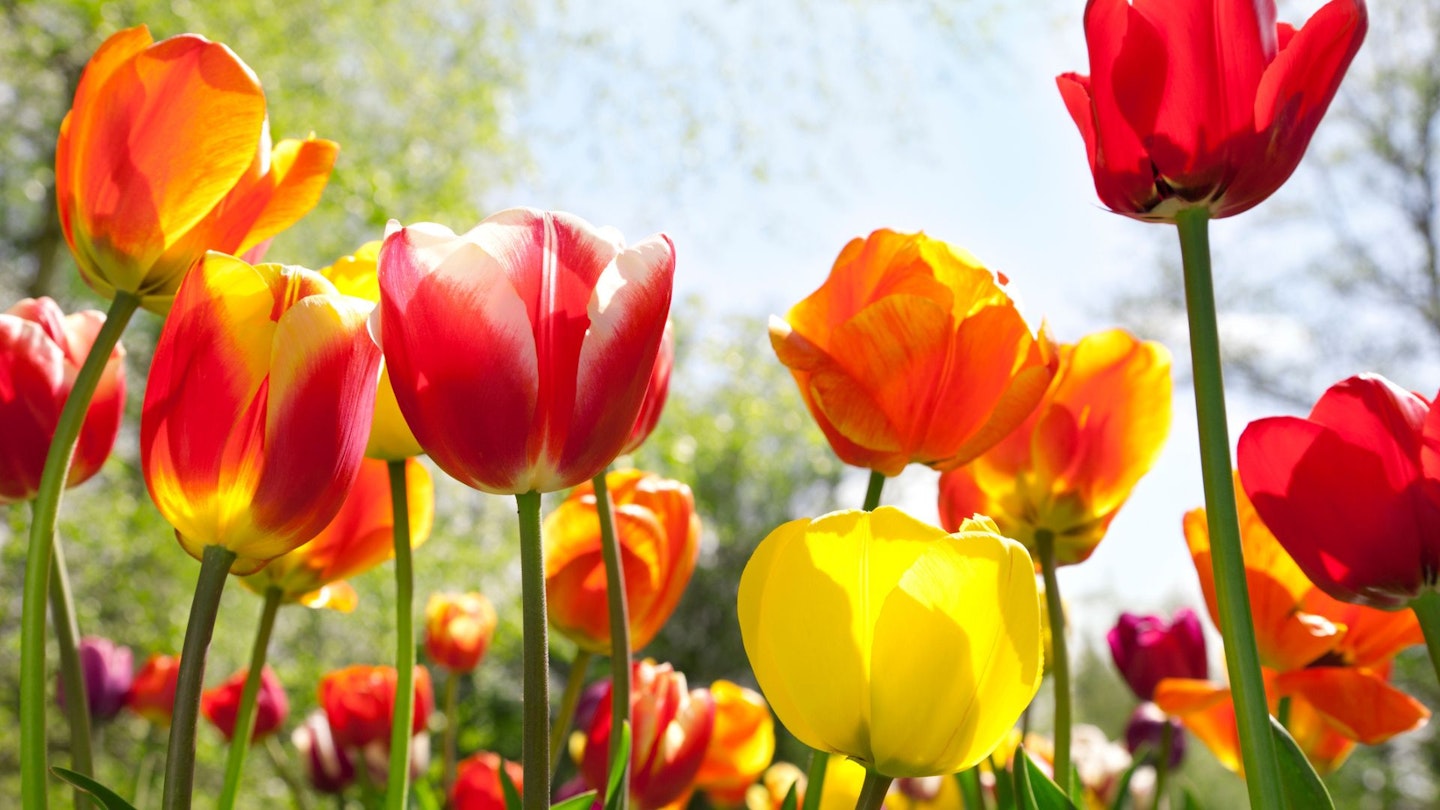Paid partnership
While spring may feel a little while away, early autumn is the perfect time to plant for stunning springtime displays. And if you're looking for a showstopper, a personal favourite of ours is the on-trend tulip - nothing beats it when it comes to a vibrant palette of colour. From pale pastels to rich hues, they're easy to grow and make for beautiful bouquets in the home too.
However, growing a cohesive flower bed or container can feel a bit daunting, especially if you're new to gardening or looking to plant from scratch. Fortunately, with a little help from the gardening experts at J. Parker's, we've put together a guide of our favourites plants and blooms to accompany your new tulips.
J. Parker's is a family-owned gardening brand with one of the biggest online outdoor plant ranges in the UK. As well as offering a huge selection of affordable plants, from shrubs and trees to flower bulbs and seeds, they have everything a gardener could possibly need to grow on a budget. If you're new to planting, their helpful customer service team is on hand to make sure you're getting the best quality for your outdoor space. Not to mention, this year they're celebrating their 90th anniversary, so you know they have all the know-how when it comes to creating a beautiful garden.
We've shared some insight below on how to plant and care for your tulips, but first, here are the best blooms to pair with your new tulips.
What to plant with tulips
Daffodils
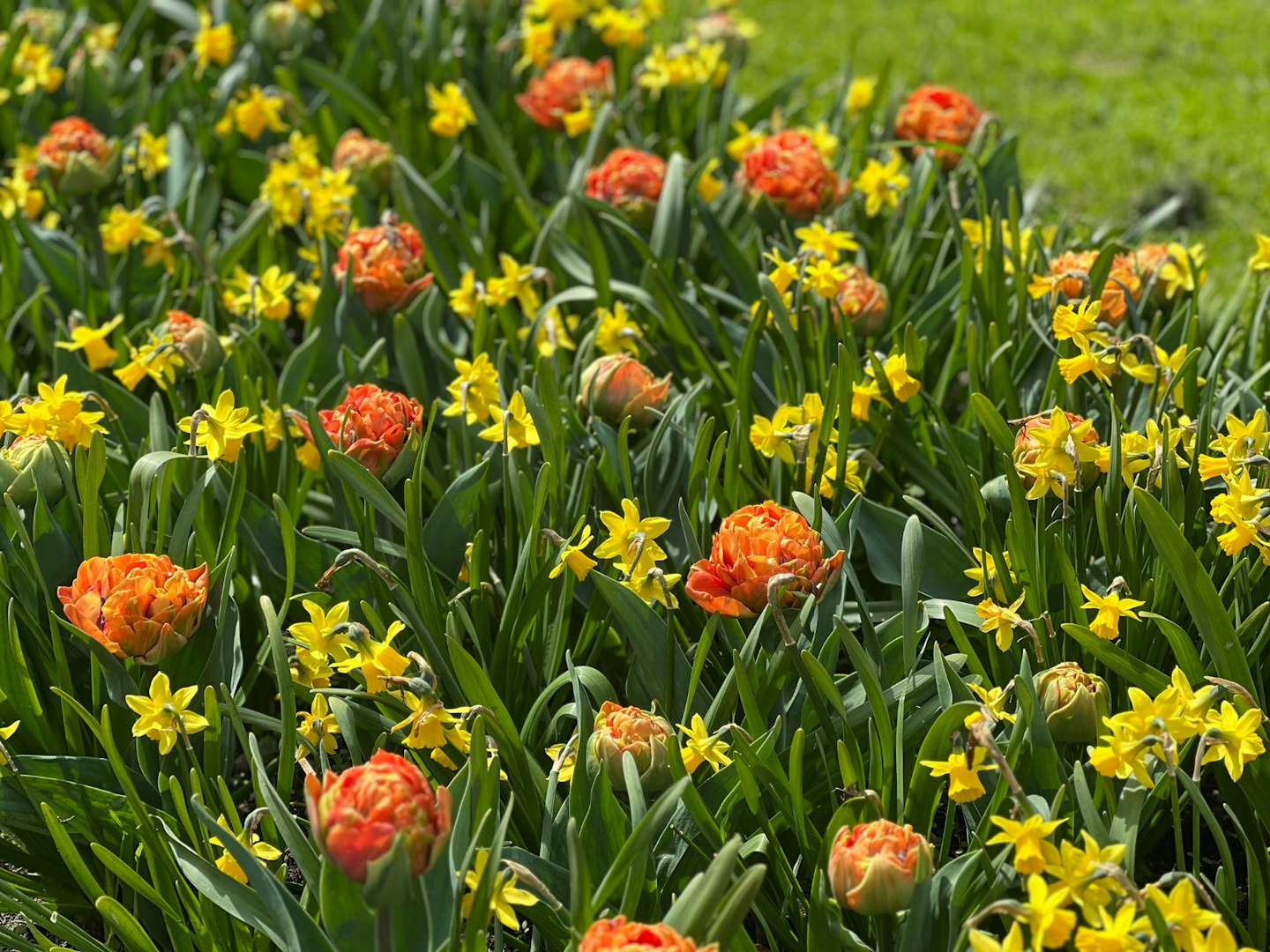
A staple of springtime, it's no wonder J. Parker's recommends the daffodil as a colourful pairing with your tulips. Signalling the start of spring, try the 'Narcissus Dutch Master' with its traditional large golden-yellow blooms and trumpet flower shape. Or opt, for the 'Narcissus Sempre Avanti' for something a little different, with its orange-red cup and flat cream-while petals.
Alternatively, try the 'Narcissus Tete a Tete' for a more petite bloom.
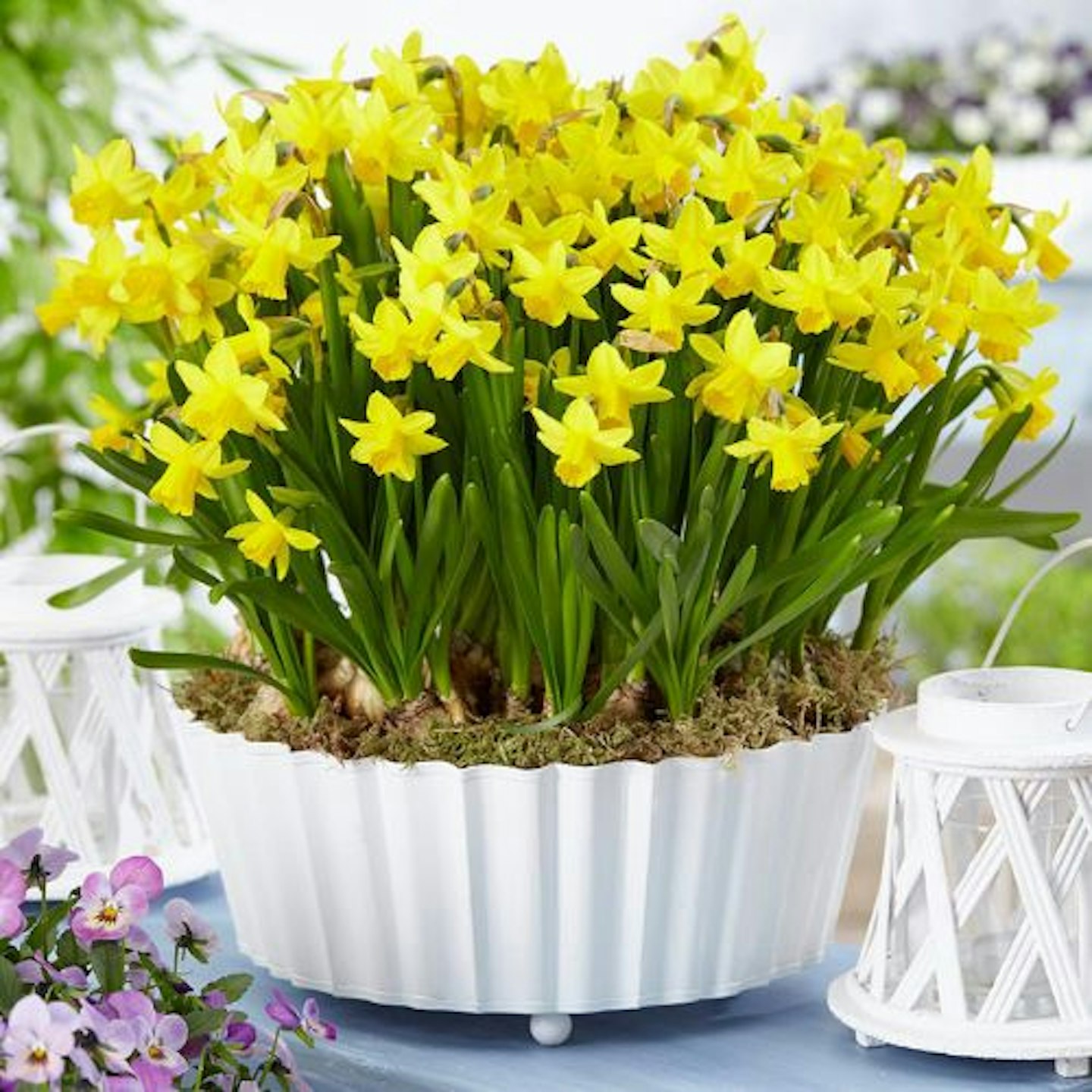
jparkers.co.uk
Described as "quite possibly the most renowned scented dwarf daffodil on the market today" by J. Parkers, this neat buttercup trumpet variety is more petite compared to the others and makes an excellent choice for the front of borders or pots on your patio.
Alliums
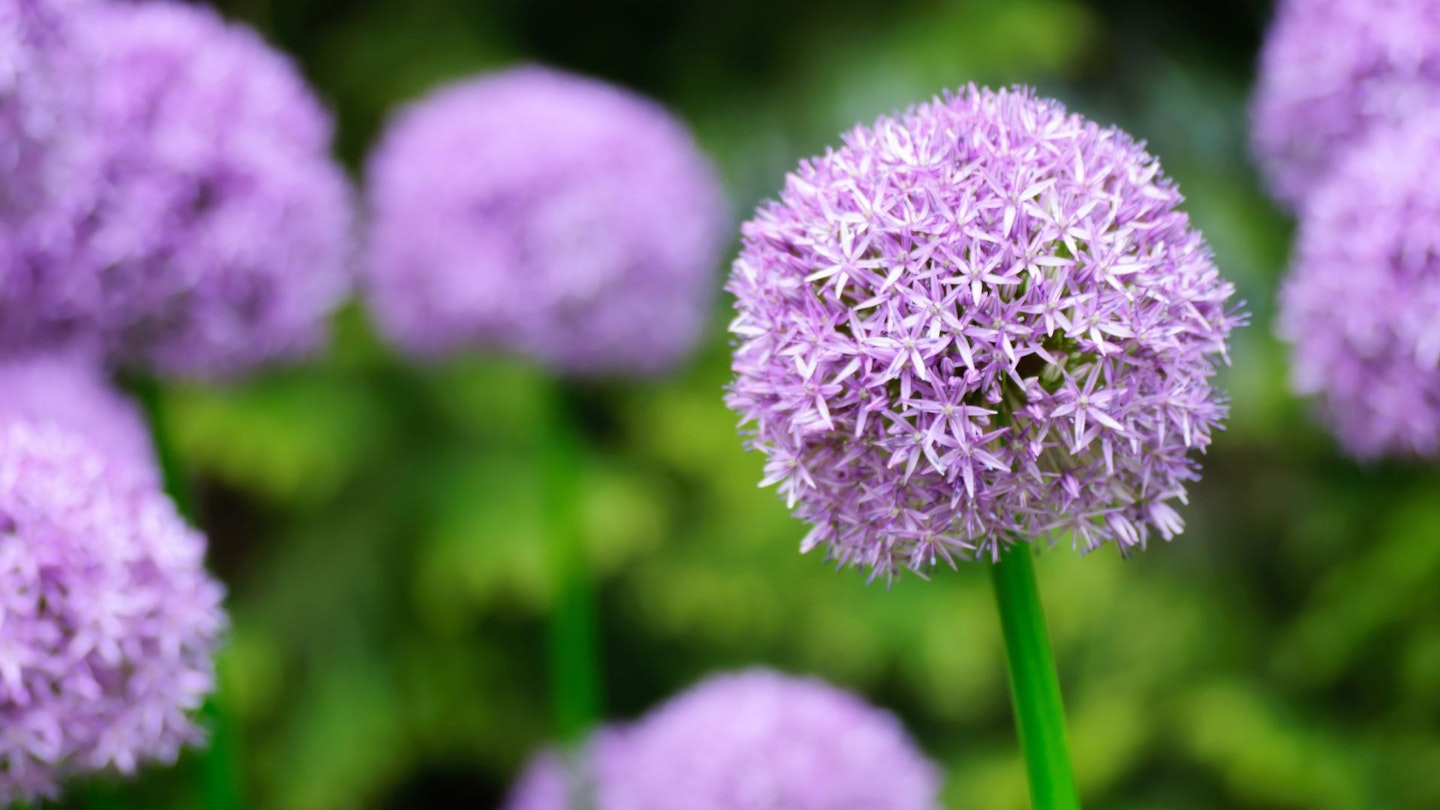
Alliums, also known as 'Ornamental Onions' produce a cluster of flowers that make for a striking addition to your flower bed. With stunning deep red-purple flowers, the 'Allium Atropurpureum' is perfect for borders, patio pots and cut flower displays. The 'Allium sphaerocephalon' is a gorgeous two-tone option, with flowers that open green and start to turn a purple/crimson colour at the top.
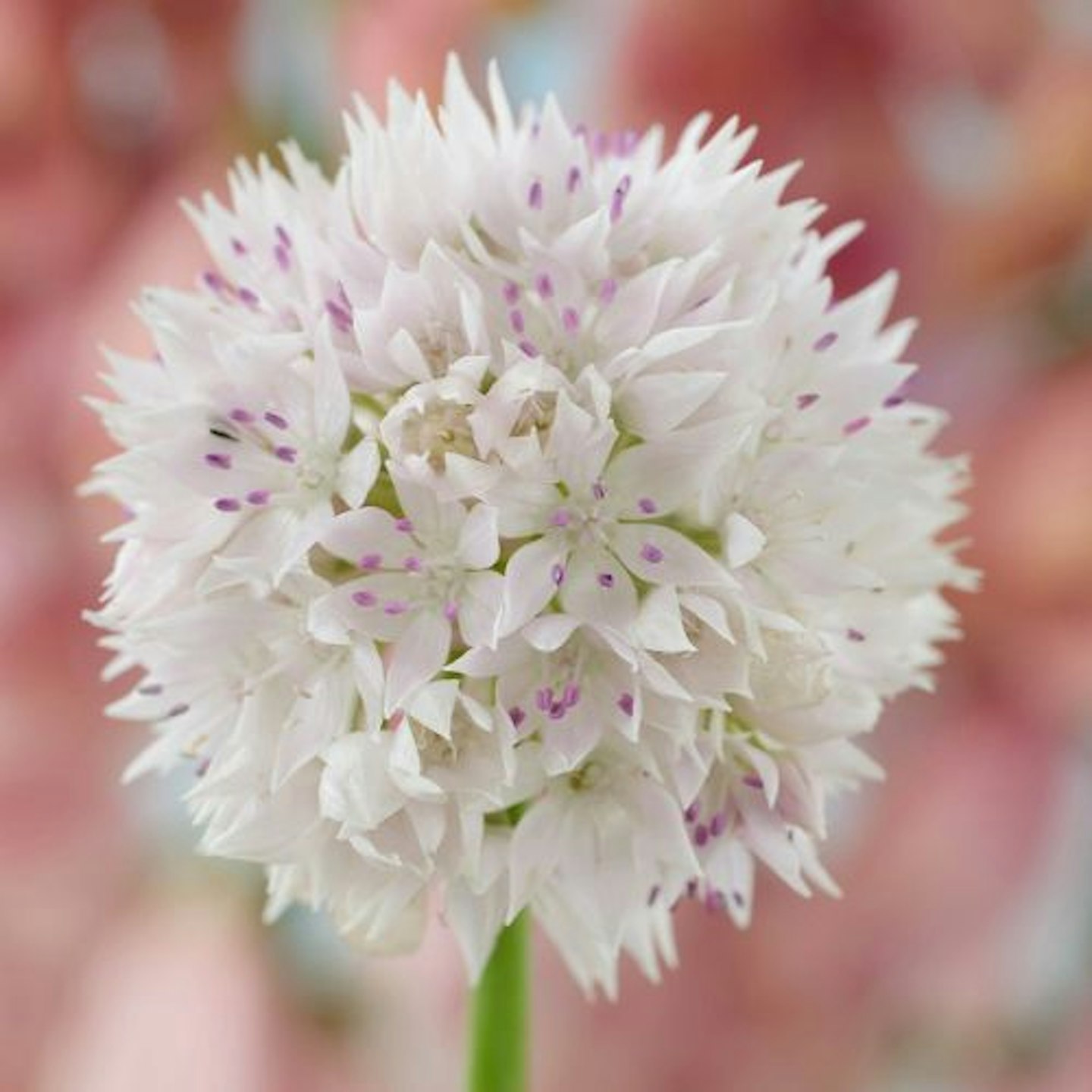
jparkers.co.uk
Alternatively, if you'd prefer alliums of a lighter hue, try the Allium Graceful Beauty. Elegant and eye-catching, they produce a beautiful cluster of white flowers with a light-pink flush and distinctive pale lavender stamens.
Bluebells
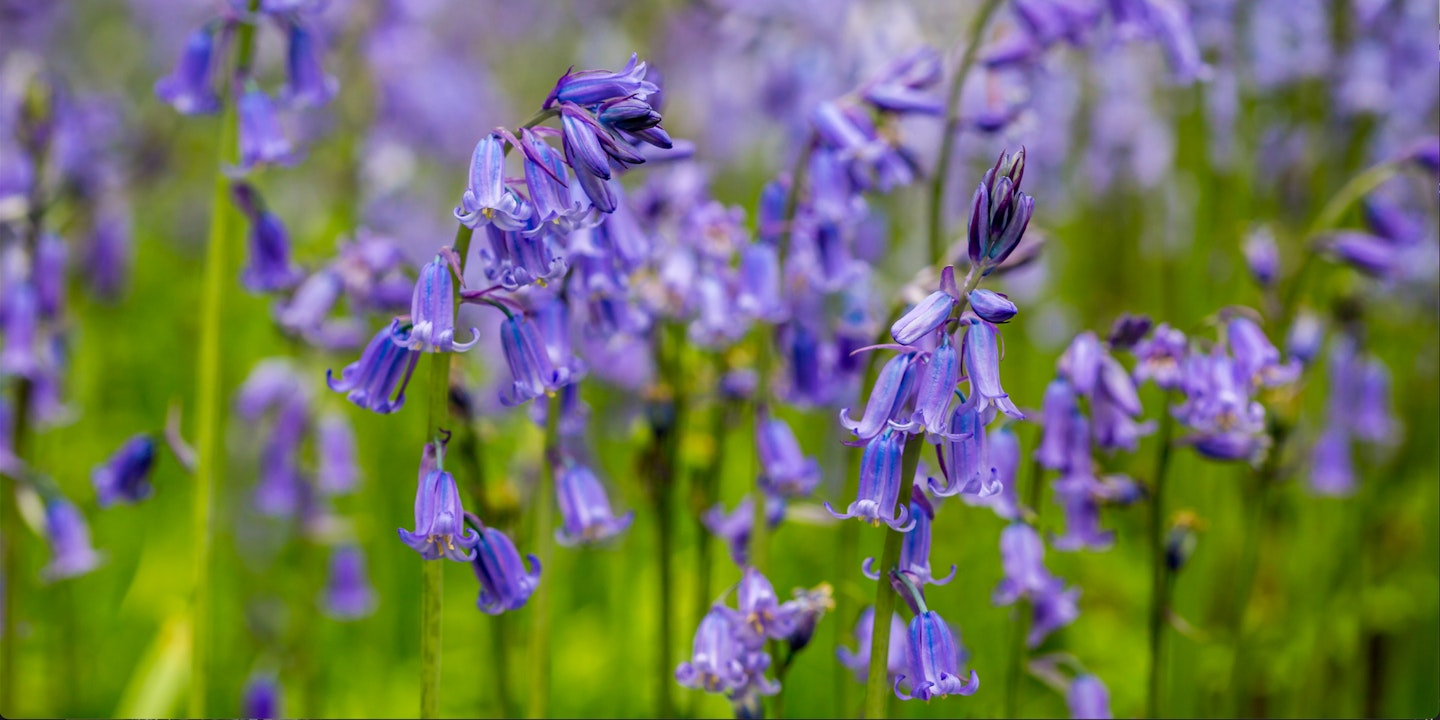
Large swathes of bluebells are a common sight for early spring, which makes them a great choice to flower alongside your tulips. The blue 'Scilla Siberica' is very easy to grow and just so happens to be squirrel-proof! The 'Scilla Siberica Alba' is just as hardy, just with brilliant white flowers that look beautiful planted in drifts.
If you're after the most traditional bluebell, try the 'Hyacinthoides Non Scripta'.
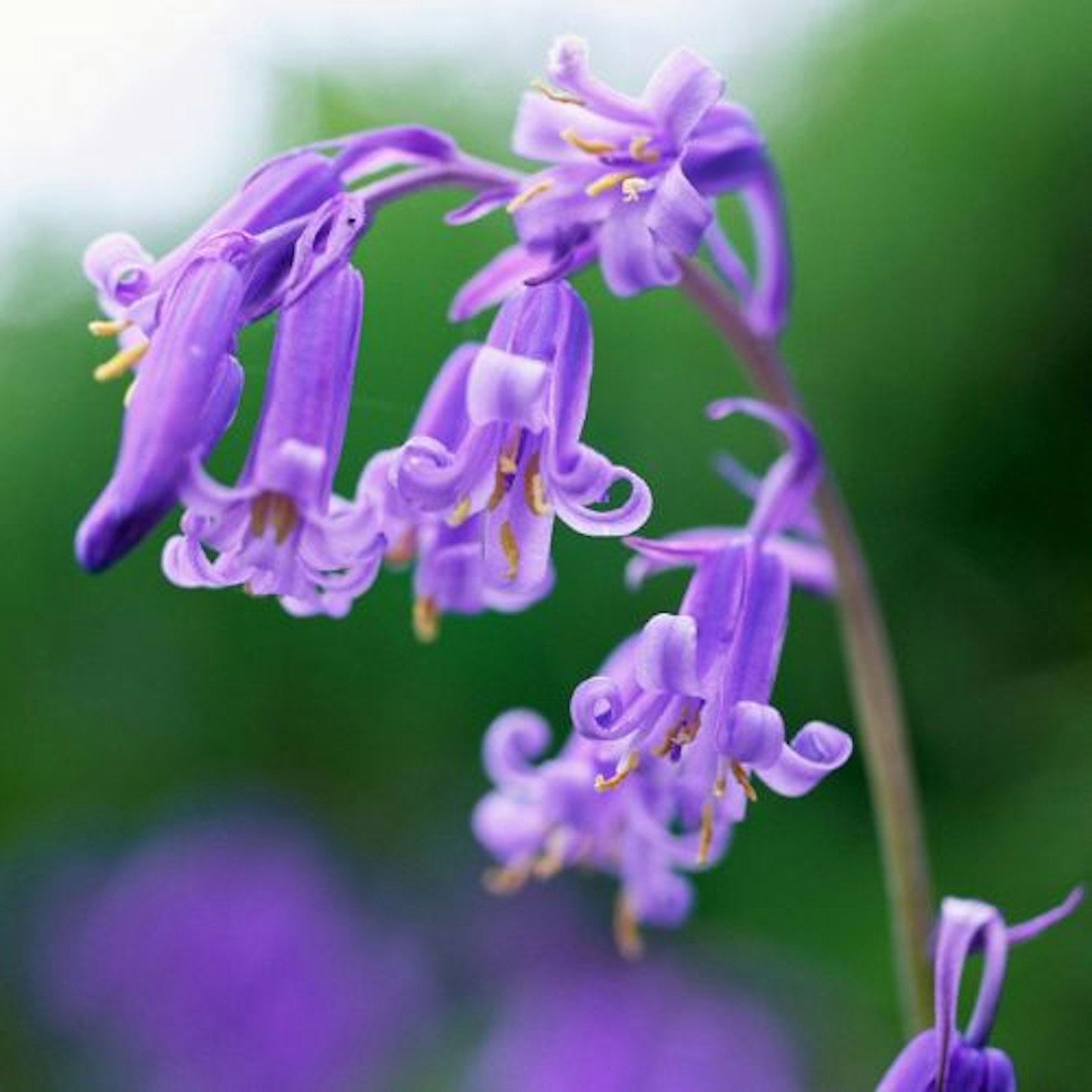
jparkers.co.uk
Also known as the 'English Bluebell', it has distinctive lilac-blue bell-like flowers with a beautiful fragrance that encourages bees, moths and butterflies into the garden.
Crocus

Early flowering bulbs like crocus are a must for welcoming your garden into spring. Many varieties are similar to the tulip, such as the 'Crocus etruscus Zwanenburg' with its large goblet-shaped flower head. With a bright orange stamen and lilac-blue petals, it's a colourful choice for a cohesive display. J. Parker's also recommend the 'Crocus Tommasinianus Roseus' with its less traditional splayed pink petals.
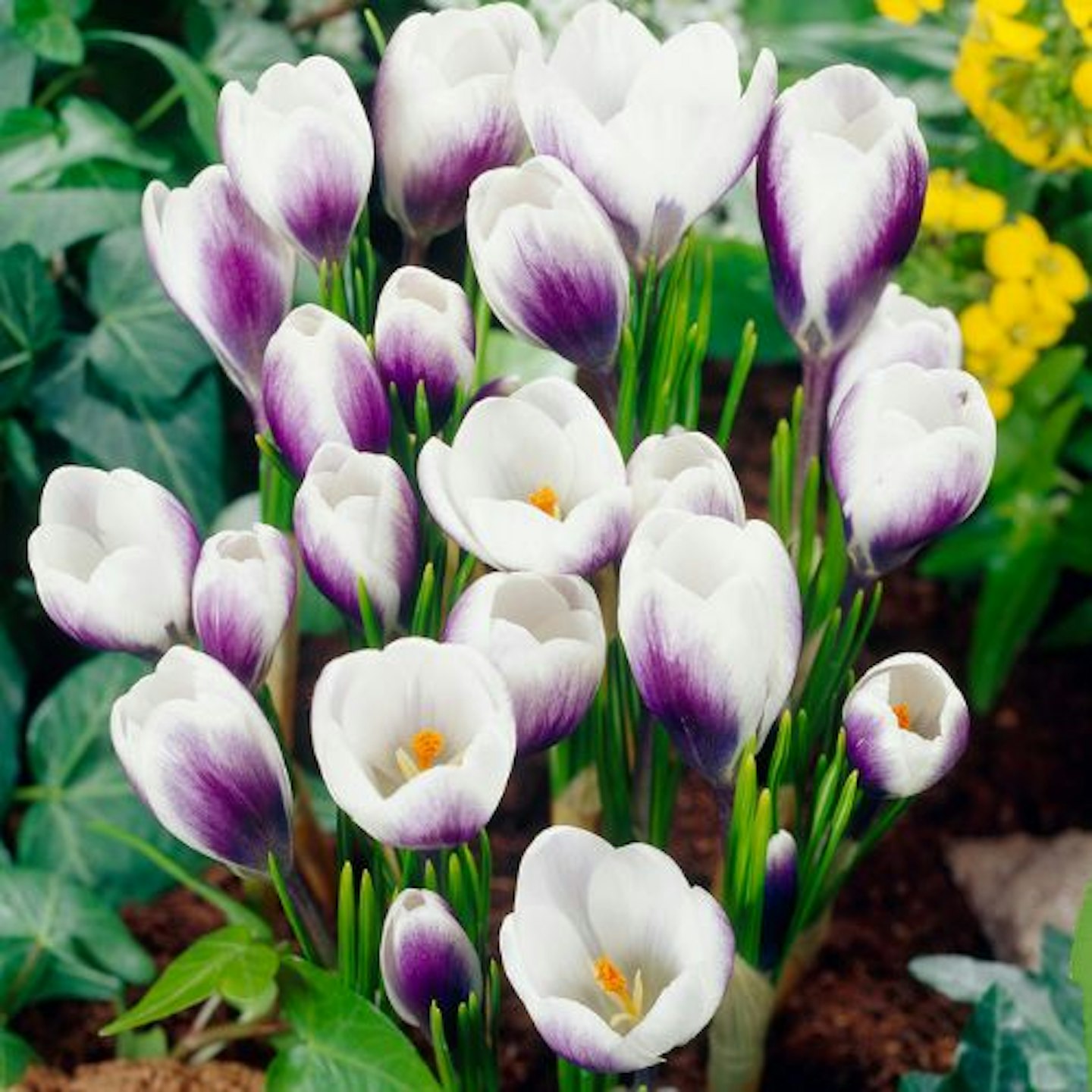
jparkers.co.uk
The 'Crocus Prince Claus' has the traditional goblet-shaped flower and is often viewed as the "herald of spring crocus chrysanthus varieties". Each oval-shaped petal is starch white with purple flushing through to the flower heart. Sometimes referred to as the 'snow crocus' it's a fantastic choice for that first burst of colour in early spring.
Hyacinths

Beautiful highly-scented flowers with large bell-like flower heads, hyacinths are hardy plants that flower through spring for an amazing six weeks of colour in an optimum season. Each is tightly packed with colourful star-shaped flowers, such as the dark porcelain blue in the 'Hyacinth Delft Blue'. Try the 'Hyacinth Miss Saigon' for a failsafe and brilliant violet blooms. Or go for a mix...
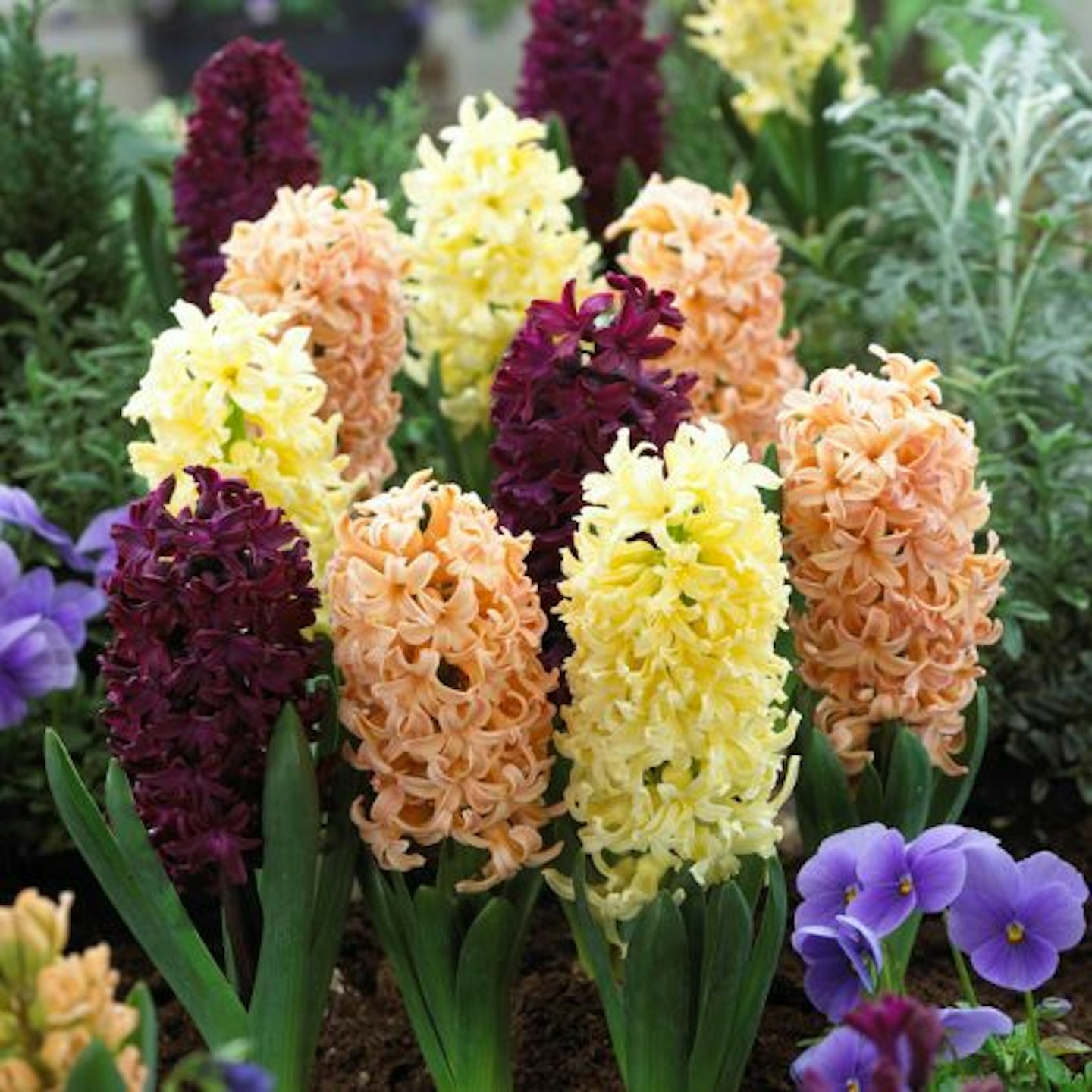
jparkers.co.uk
Our favourite recommendation from J. Parker's however has to be their Hyacinth Autumn Mix. You get a stylish mix of hyacinth in an autumnal range of colours from orange, yellow and purple. This is a fantastic option if you want a colourful display at fantastic value.
Muscari
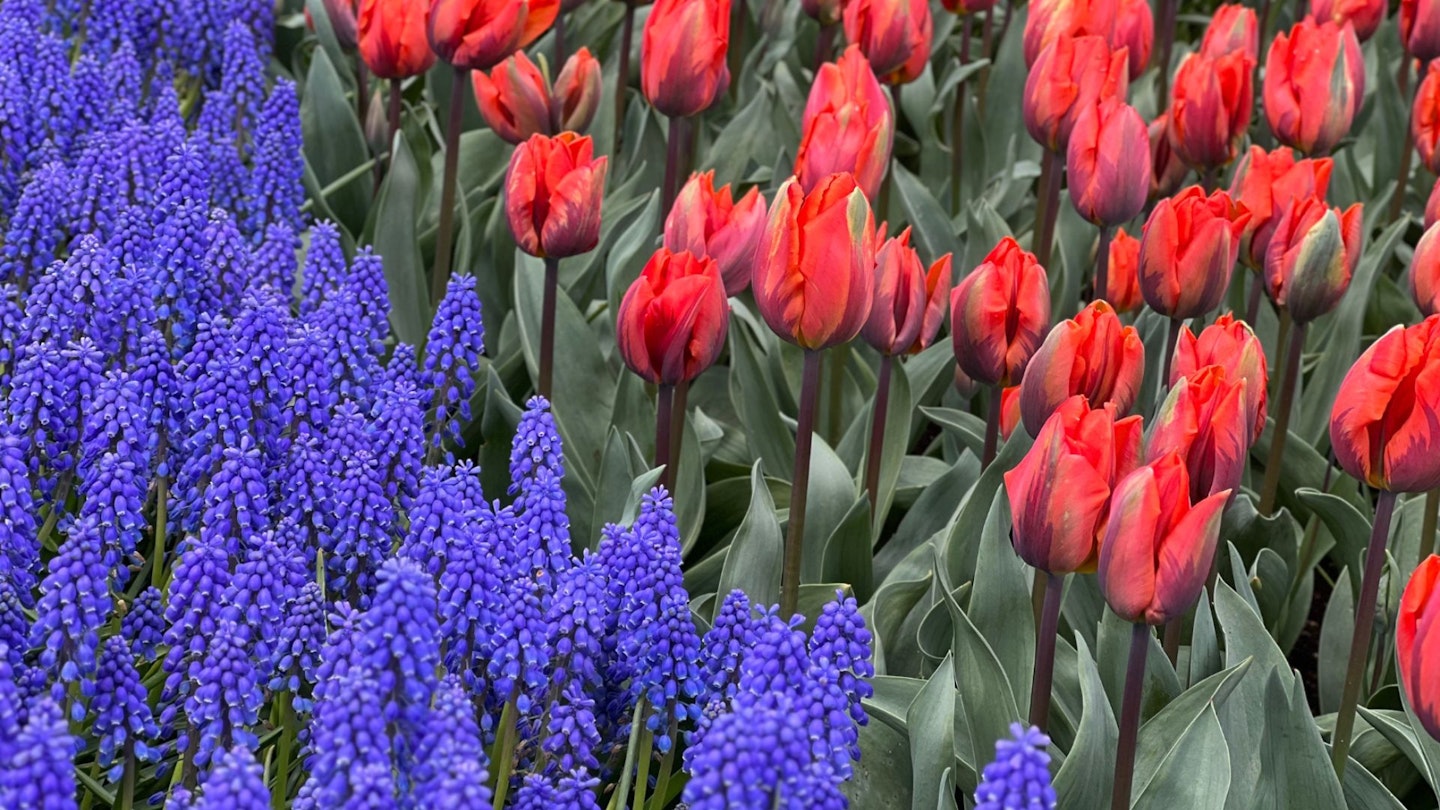
Muscari is also known as the 'Grape Hyacinth', and just by looking at one, you can see why. With pea-like flowers that resemble grapes, they grow at the end of sturdy stems and flowers from April. Not to mention, they're fragrant and easy to grow. The 'Muscari Pink Sunrise' has a pale-pink flower which J. Parker's recommend planting with white varieties for a pastel effect. Or try the 'Muscari Armeniacum https://go.linkby.com/HYNSOGGP/click.html?wgcampaignid=1550425&wgprogramid=296740&clickref=JPMG&wgtarget=https://www.jparkers.co.uk/50-muscari-armeniacum-1000493c){href='http://uscari Armeniacum Bulbs | J Parker Dutch Bulbs (jparkers.co.uk) https://go.linkby.com/HYNSOGGP/click.html?wgcampaignid=1550425&wgprogramid=296740&clickref=JPMG&wgtarget=https://www.jparkers.co.uk/50-muscari-armeniacum-1000493c' target=' ' rel='noreferrer noopener sponsored nofollow'}' for electric deep violet-blue flowers, each delicately edged with white instead.
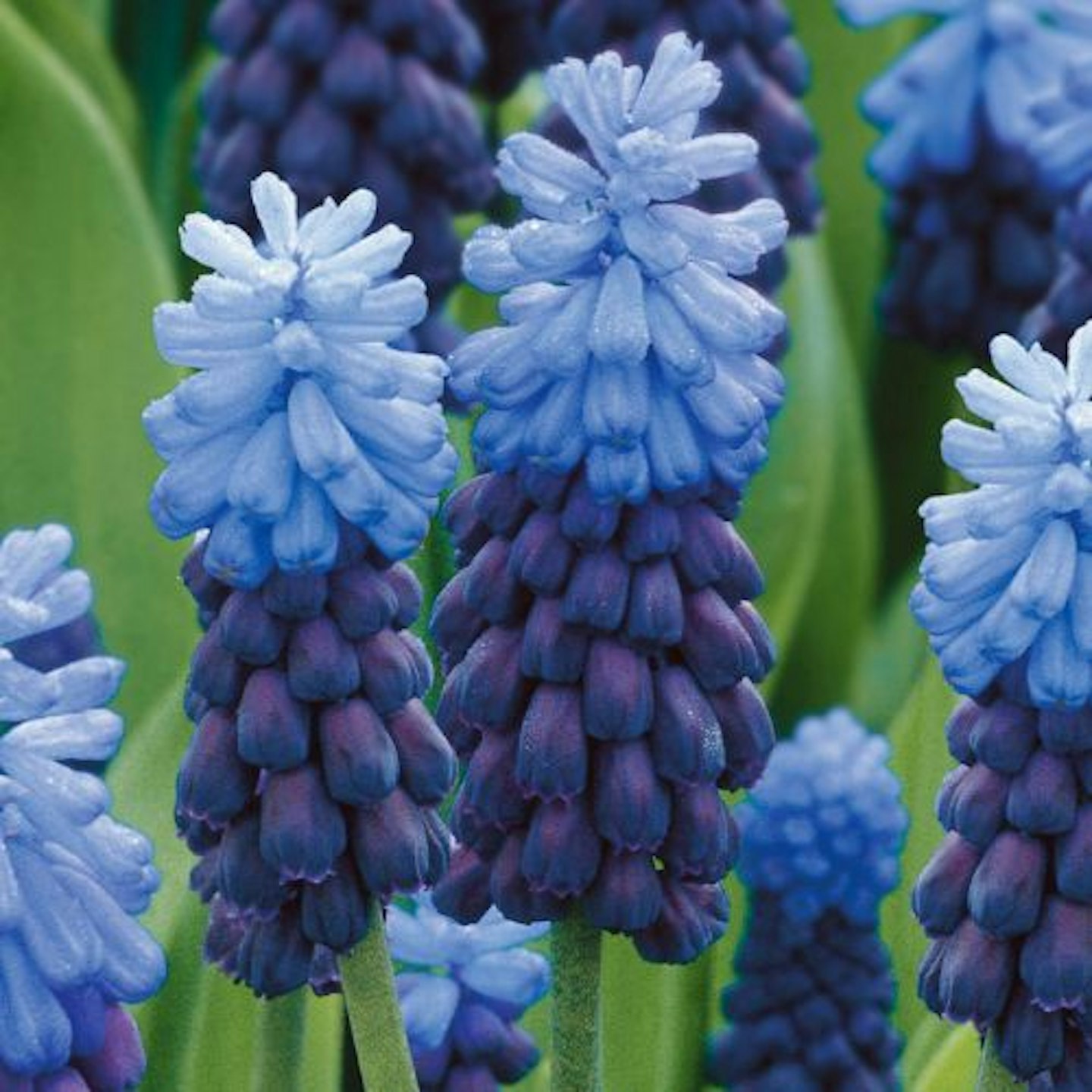
jparkers.co.uk
For something a little more unusual, we'd recommend the 'Muscari comosum Latifolium'. The unique variety produces broad, tapered leaves much like the tulip - talk about a perfect pairing! The flower spikes are smothered in buds that create an ombre effect from blue to a plum-purple.
Even more tulips!
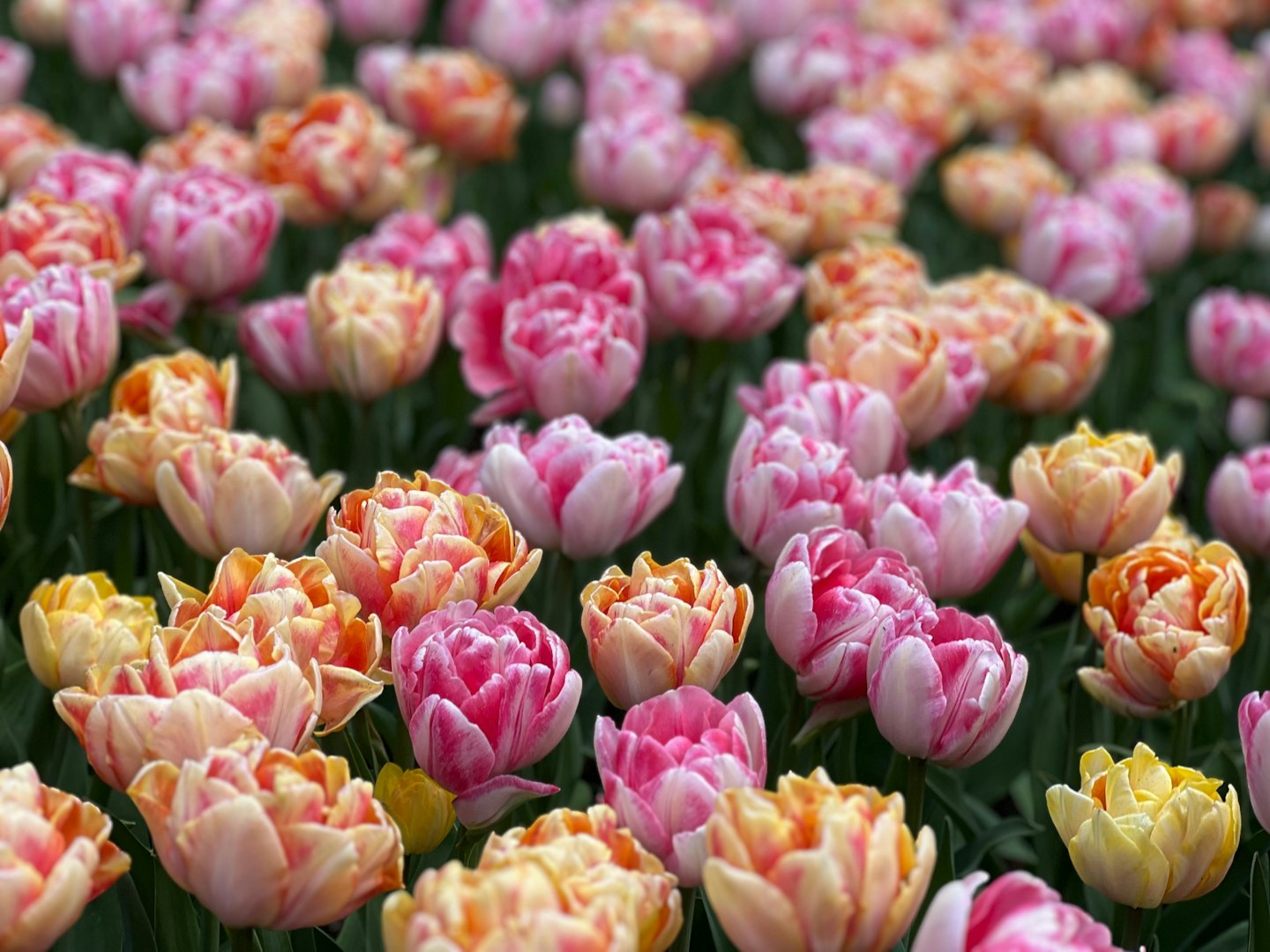
While you may think of tulips as typically goblet-shaped blooms, there are in fact a variety of different tulip shapes - no surprising considering there are around 150 species and 3,000 different hybrids and cultivars to choose from!
Here are a few favourites to pair with your classic single tulips:
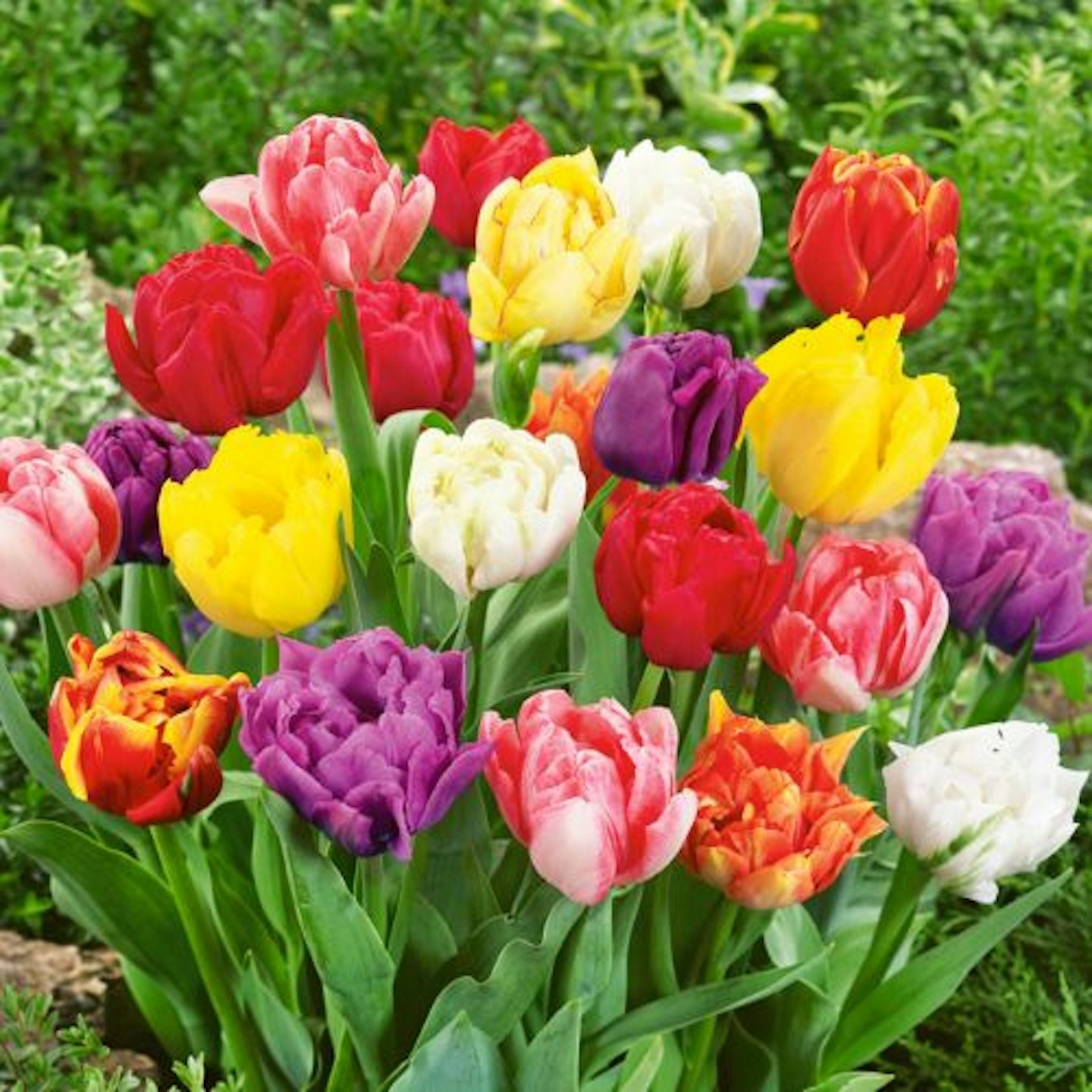
jparkers.co.uk
We love this mixed pack of double tulips from J. Parker's that will add plenty of colour to your spring displays. Double early tulips are among some of the most awe-inspiring varieties on the market with their double rows of petals producing an impressive flower head that resembles the popular peony.
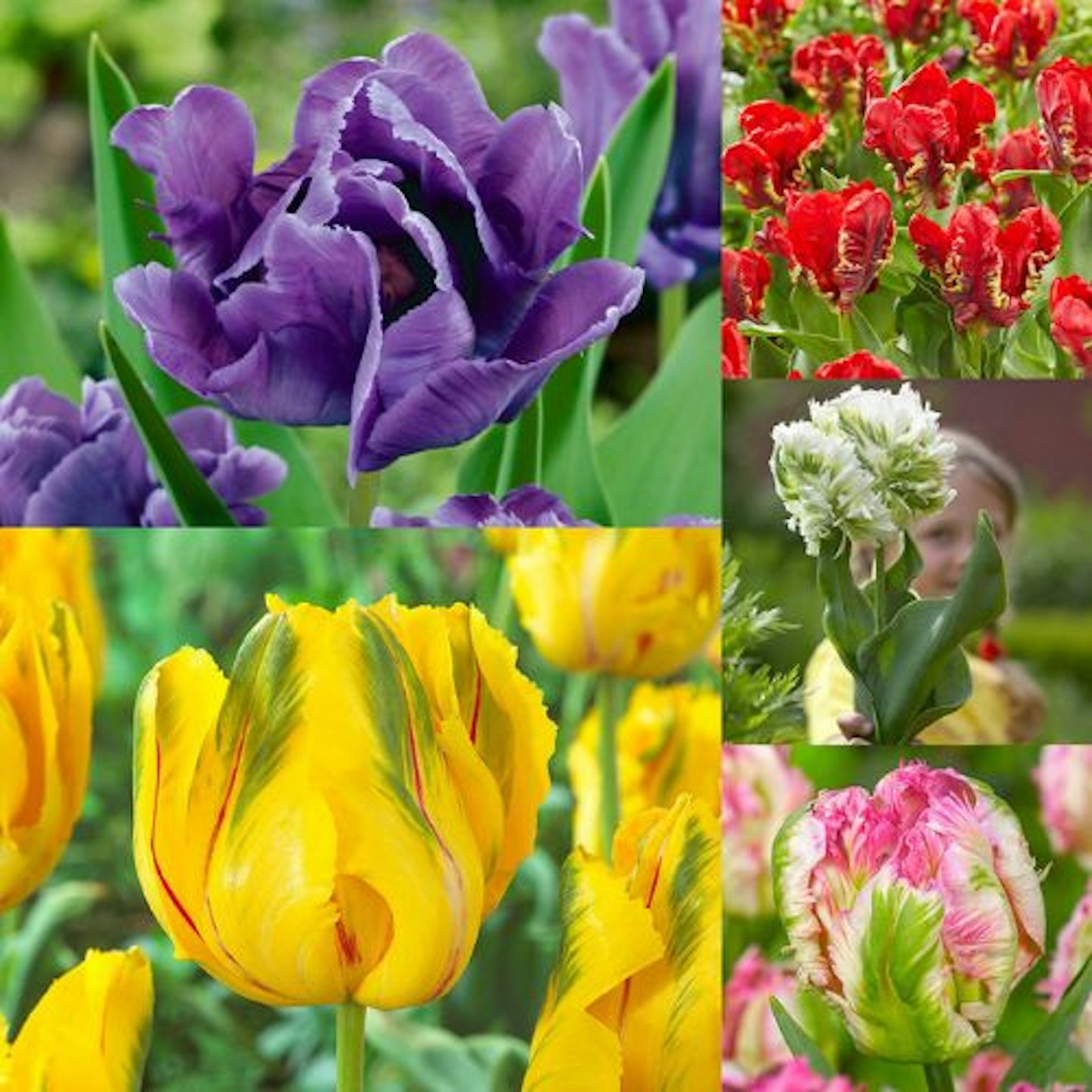
jparkers.co.uk
The new Parrot Tulip Collection from J. Parker's provides a superb collection of parrot tulip varieties, each with large wavy, deeply feathered petals. The collection includes ten each of Blue Parrot, La Courtine Parrot, Pink Vision, Super Parrot, and Seadov.
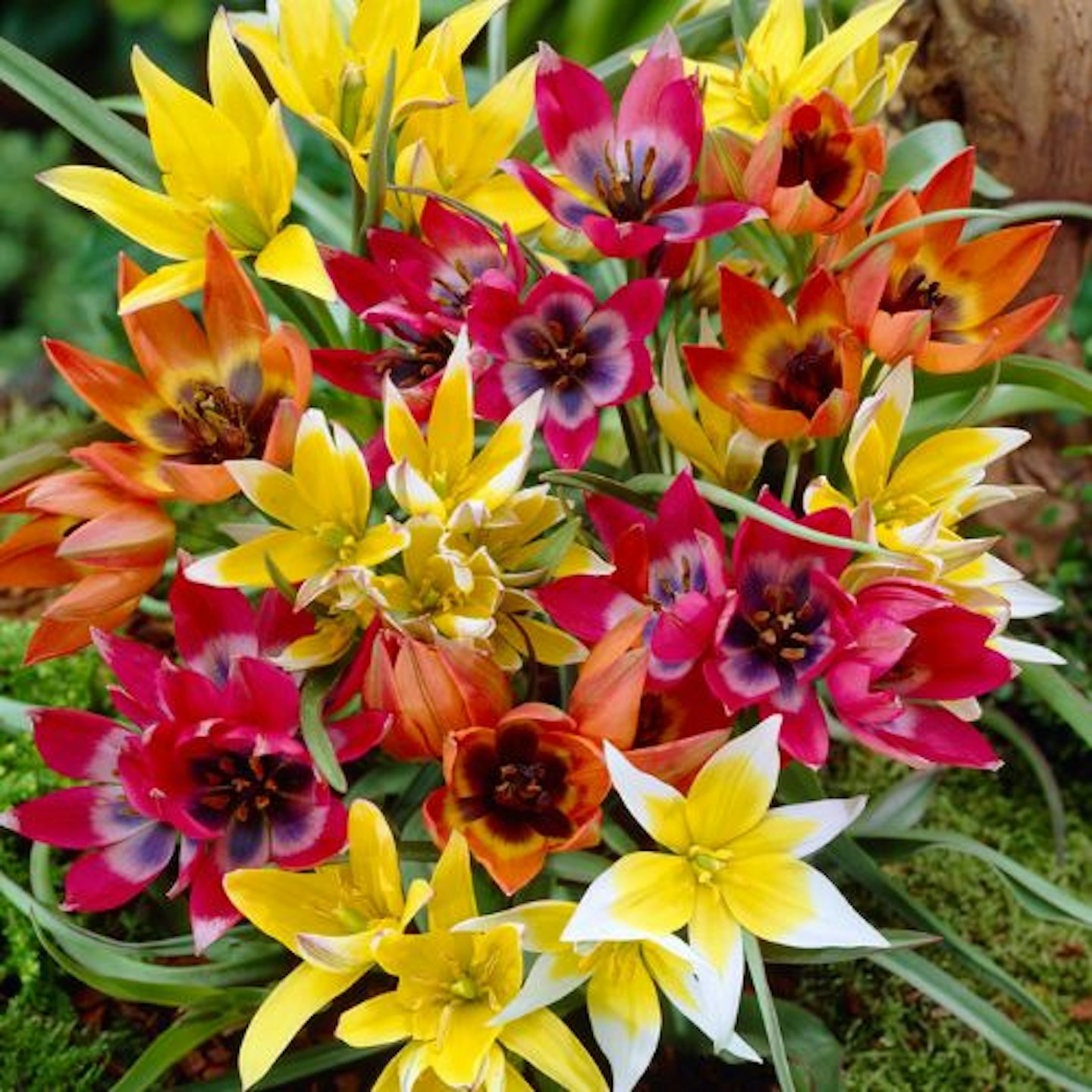
jparkers.co.uk
Add instant drama with these striking botanical tulips that are a must for a modern garden. In a mix of colours, J. Parkers highly recommends them for rockeries, borders and naturalising, and once planted they'll last for years to come.
How to plant tulips
J. Parker's share their top tips on how to plant tulips:
"Tulip bulbs should be planted in autumn, before any frost. Find an area of soil that is well-drained and moist and plant your bulbs at twice their depth and spaced apart by 10-15cm. Ensure they are properly covered, you should not be able to see them on the surface of the soil. Position in an area that you know receives plenty of sunlight but is also sheltered from harsh winds. Deadhead the flowers once they wilt, encouraging a healthier plant."
Now the summer is almost over, it’s the perfect time to plant tulip bulbs, and they’ll pop up in April or May. If you want to create the biggest impact with your tulips, plant them in groups rather than dotting them about, with a focus on three or four colours.
What to read next:
Begonia bedding plants: Our buying and care guide to these vibrant blooms
